
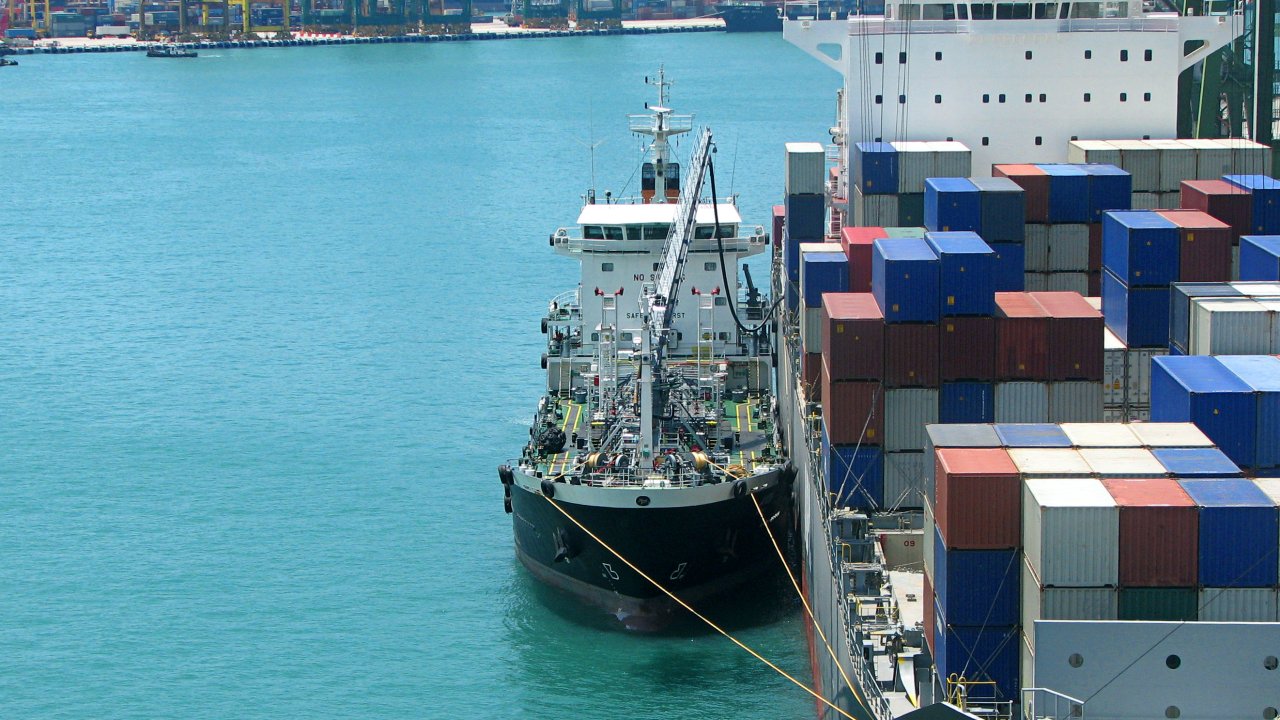 |
Bunker Holding has concluded its first blockchain-powered carbon insetting operation as part of a new partnership with carbon insetting specialist 123Carbon, and Bureau Veritas.
The tie-up allows for the additional cost delivery of lower carbon, alternative marine fuels – such as sustainable biofuel – to be shared by carriers, freight forwarders, and cargo owners within the same value chain; allocated based on a globally accepted book and claim methodology.
"We're excited to work with 123Carbon and Bureau Veritas, as we believe in complete transparency of how insets are created and transferred. Insetting is not new, but one concern within the maritime sector is under what circumstances alternative fuels are supplied, and who owns the emissions reductions," said Tobias Troye, Head of Carbon Solutions at Bunker Holding.
By combining its alternative fuel supply expertise, its access to low-carbon fuels and carrier network with 123Carbon's platform, Bunker Holding says it can now offer carriers, freight forwarders, and cargo owners complete transparency and assurance regarding how their insets reduce maritime emissions.
"We are delighted that Bunker Holding not only uses our advanced platform for the issuance of the certificates, but has also chosen a fully branded solution to deliver the certificates in a secure environment to its customers," remarked Jeroen van Heiningen, Managing Director of 123Carbon.
By working with 123Carbon's blockchain-based insetting platform, and Bureau Veritas as third-party assurance partner to verify the fuel intervention and all related documentation, Bunker Holding is looking to ensure that all insets are issued according to Smart Freight Centre's Book & Claim methodology and 123Carbon's assurance protocol.
To facilitate the intervention, Bunker Holding connected three different parties: the cargo owner, who wishes to reduce their scope 3 emissions and is willing to pay the 'green premium'; the ship operator, to decarbonise its vessels through the use of biofuels; and the biofuel supplier, to deliver safe, high-quality low-carbon fuels. Due to the commitment from the cargo owner to purchase scope 3 insets, Bunker Holding was able to offer the biofuel at a more competitive cost to the ship operator, enabling the carrier to use biofuels instead of conventional fossil fuels.
"As a group, we are operationalising our decarbonisation strategy, and one key component has been to develop our alternative marine fuel supply capabilities, among others by securing fully certified biofuel availability in more than 100 ports around the world. The relative higher cost of alternative fuels may still prevent carriers to bunker it. However, carbon insetting helps bridge that gap, as it enables cost sharing and also sends an important demand signal to alternative fuel producers to scale up production," commented Valerie Ahrens, Senior Director of New Fuels and Carbon Markets at Bunker Holding.
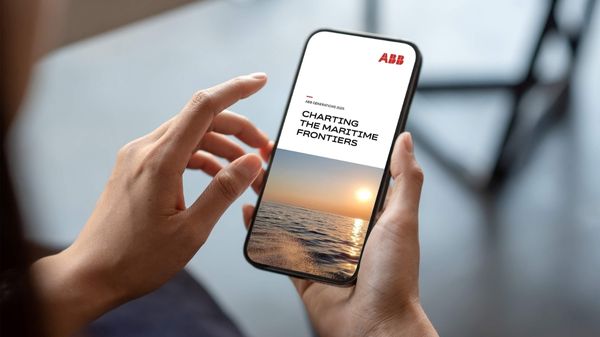
|
ABB publishes 2025 maritime insights on decarbonization and digitalization
Technology firm compiles annual articles exploring energy efficiency, automation, and alternative fuels for the shipping industry. |
|
|
|
||
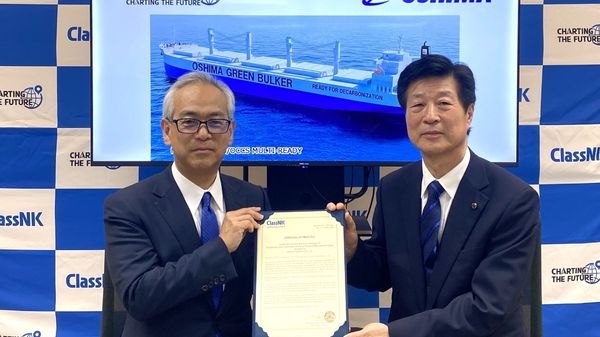
|
ClassNK grants approval for multi-fuel ready bulk carrier design by Oshima Shipbuilding
Vessel design accommodates future conversion to ammonia, methanol, or LNG with carbon capture capability. |
|
|
|
||

|
Four countries propose Arctic fuel measure to cut black carbon from shipping
Proposal to IMO's PPR 13 meeting aims to establish fuel regulations under MARPOL Annex VI. |
|
|
|
||
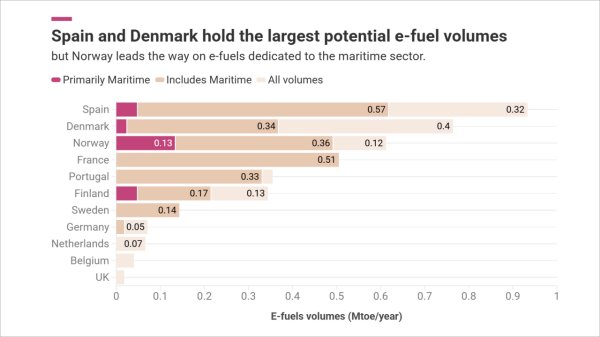
|
Spain, Norway and Denmark lead Europe's green shipping fuel production, study finds
Regulatory uncertainty prevents most e-fuel projects from progressing beyond the planning stage, says analysis. |
|
|
|
||
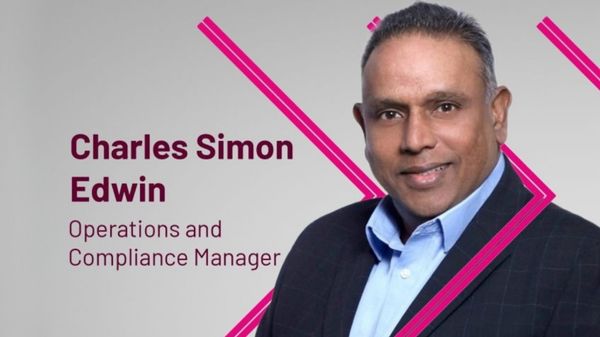
|
Dan-Bunkering appoints Charles Simon Edwin as operations and compliance manager in Singapore
Edwin transitions from sourcing role, bringing experience from physical supply operations and bunker trading. |
|
|
|
||
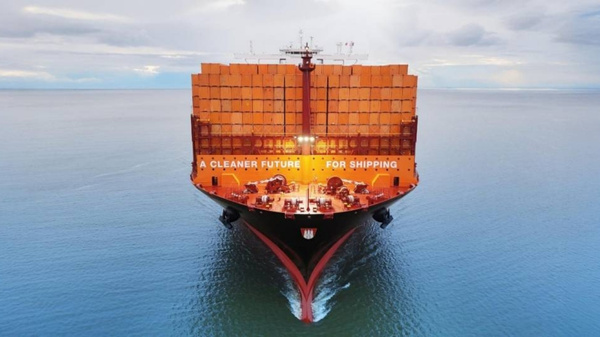
|
Hapag-Lloyd wins ZEMBA's second tender for e-methanol deployment
Container line to deploy e-methanol on trans-oceanic route from 2027, abating 120,000 tonnes CO₂e. |
|
|
|
||

|
RINA grants approval for Chinese nuclear-powered Arctic icebreaker design
CSSC's multi-role vessel combines cargo transport and polar tourism with molten salt reactor propulsion. |
|
|
|
||
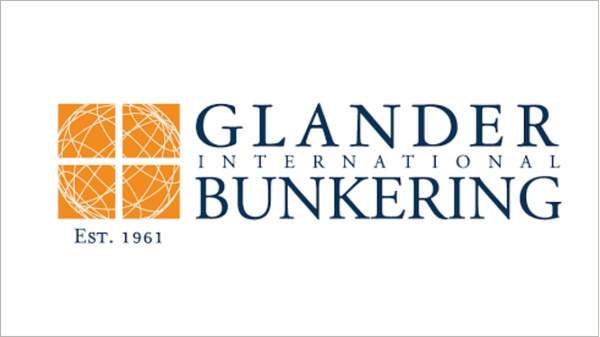
|
Glander International Bunkering seeks two bunker traders for Singapore office
Firm recruiting traders with 3-5 years of experience to join team in key Asian hub. |
|
|
|
||

|
Malik Supply seeks bunker trader for Fredericia office
Danish company advertises role focusing on client portfolio development and energy product trading. |
|
|
|
||

|
Chimbusco Pan Nation seeks credit analysts for Asia-Pacific and Middle East expansion
Bunker firm recruiting for Hong Kong, Singapore, and Shanghai offices with APAC and MENA focus. |
|
|
|
||
| Bunker Holding and NeoGreen Hydrogen sign MoU for green ammonia and synthetic fuels [News & Insights] |
| Bunker One and Acelen launch Itaqui anchorage operation [News & Insights] |
| Bunker One launches its first methanol bunker tanker [News & Insights] |